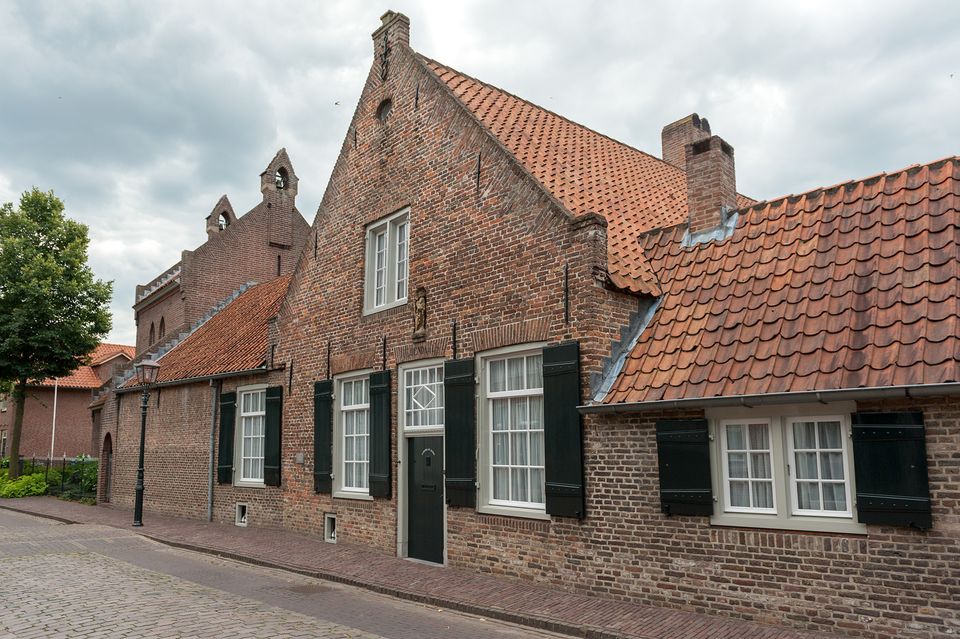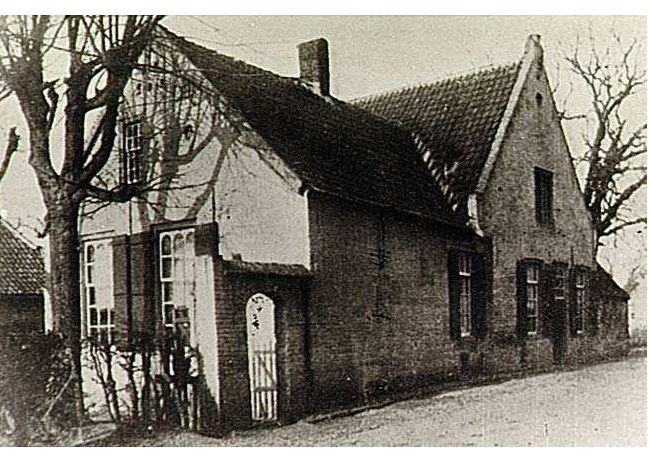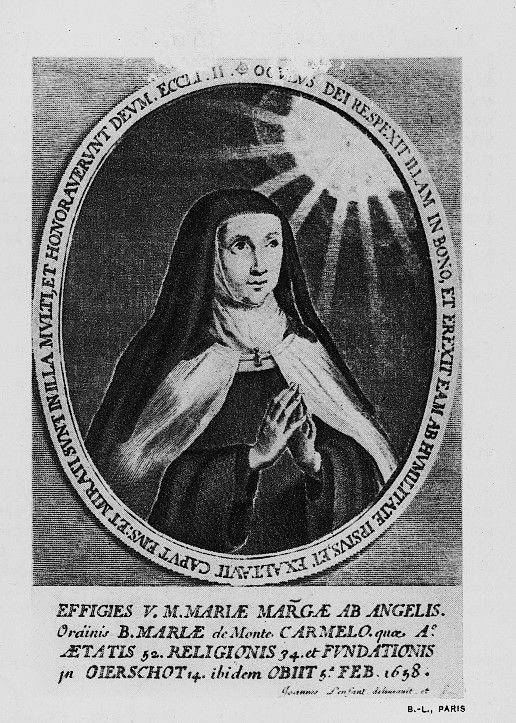House Blijendaal - Carmelite Convent
Contact
Nieuwstraat 28
5688 BE Oirschot Plan your route to House Blijendaal - Carmelite Convent

In 1618, the Oirschot surgeon Silvester Lintermans wanted to establish a Carmelite convent in his house 'Blijendaal,' especially for his unmarried daughter. This proved challenging at the time. In 1629, Frederick Henry conquered 's-Hertogenbosch, bringing the entire Meierij under the control of the Protestant Republic. Priests and religious individuals had to leave the area, and Catholic churches were converted into Protestant places of worship. Establishing a convent was thus no easy task. However, with the mediation of the French Queen Mother Maria de Medici, Lindertmans received permission from Frederick Henry in 1644.
In the meantime, Lintermans had contacted Maria Marg…
In 1618, the Oirschot surgeon Silvester Lintermans wanted to establish a Carmelite convent in his house 'Blijendaal,' especially for his unmarried daughter. This proved challenging at the time. In 1629, Frederick Henry conquered 's-Hertogenbosch, bringing the entire Meierij under the control of the Protestant Republic. Priests and religious individuals had to leave the area, and Catholic churches were converted into Protestant places of worship. Establishing a convent was thus no easy task. However, with the mediation of the French Queen Mother Maria de Medici, Lindertmans received permission from Frederick Henry in 1644.
In the meantime, Lintermans had contacted Maria Margaretha van Valkenisse in Antwerp. She had joined the Antwerp Carmelites in 1624 with the religious name Maria Margaretha der Engelen. Through her extremely devout lifestyle, she gained a reputation for holiness. In 1644, she left Antwerp with some fellow sisters to establish a new Carmelite convent in Oirschot. She was nicknamed the Holy Nun due to her mystical gifts.
After her death in 1658, her veneration grew when it was discovered that her body exuded a fragrant oily substance. The fellow sisters used this oil to heal the sick. With great annoyance, the Protestant authorities watched as the convent developed into a pilgrimage site. The body of the 'Holy Nun' was then confiscated, transferred to 's-Hertogenbosch, and buried in the St. John's Cathedral.
After the death of Frederick Henry in 1663, the sisters left Oirschot, only to return in 1931. In 1954, the convent was fully operational again. Nowadays, the building is owned by Amaliazorg and serves as a care home, primarily for the elderly Carmelite sisters.




